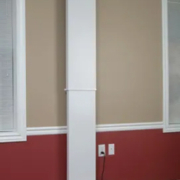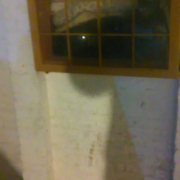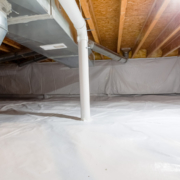Dealing with Different Sources of Water Seepage
Water Seepage
Water seepage is not an uncommon occurrence. It doesn’t mean that you are in for a disaster or that your foundation is about to collapse. It simply means that nature and time are working on your foundation and it is succumbing to the pressure.
The good news is that water seepage is an issue that can be easily dealt with when you have a professional contractor to assist you. However, there is no one-size-fits-all solution to seepage. The solution applied will depend on various factors including the location of the leak and the underlying cause of the seepage.
Sources of Leaks and Common Fixes
-
Floor cracks
Basement floors aren’t very thick. They often consist of a thin layer of poured concrete. The typical basement floor is between 2 and 4 inches thick. This is because the floor doesn’t have any structural support function. They simply provide a clean base on which to walk to store items.
Basement floors are particularly vulnerable to the forces of hydrostatic pressure. They therefore fall victim to cracks that can result in seepage into the basement when the water table rises.
Repairing basement floor cracks will require you to deal with hydrostatic pressure first. You will need to provide somewhere for the water to drain and take pressure off the floor. This will mean installing drain tile and a sump pump.
-
Cove joint
This is the point where the foundation meets with the footings. The opening at the cove joint will be minute. However, when exposed to hydrostatic pressure, water can seep through and cause flooding in the basement.
Repairing this type of water seepage will require the installation of drain tile. This will help to deal with the high hydrostatic pressure under the floor and give the water an escape route.
-
Cracks in poured concrete walls
These are some of the most common sources of seepage in basements. They often result from lateral pressure acting on the walls. These cracks can be dealt with by sealing the cracks from the interior. However, it is important to deal with the underlying cause of the pressure. This may include excavating and backfilling the foundation again, correcting the grading of your landscape or installing drain tile.
-
Joints in masonry foundation walls
Joints in masonry foundation walls are points of weakness. Seepage can occur through cracks in mortar joints. These cracks can be repaired, but the lateral pressure acting on the walls will need to be dealt with. It is advisable to apply exterior waterproofing methods for these walls.



